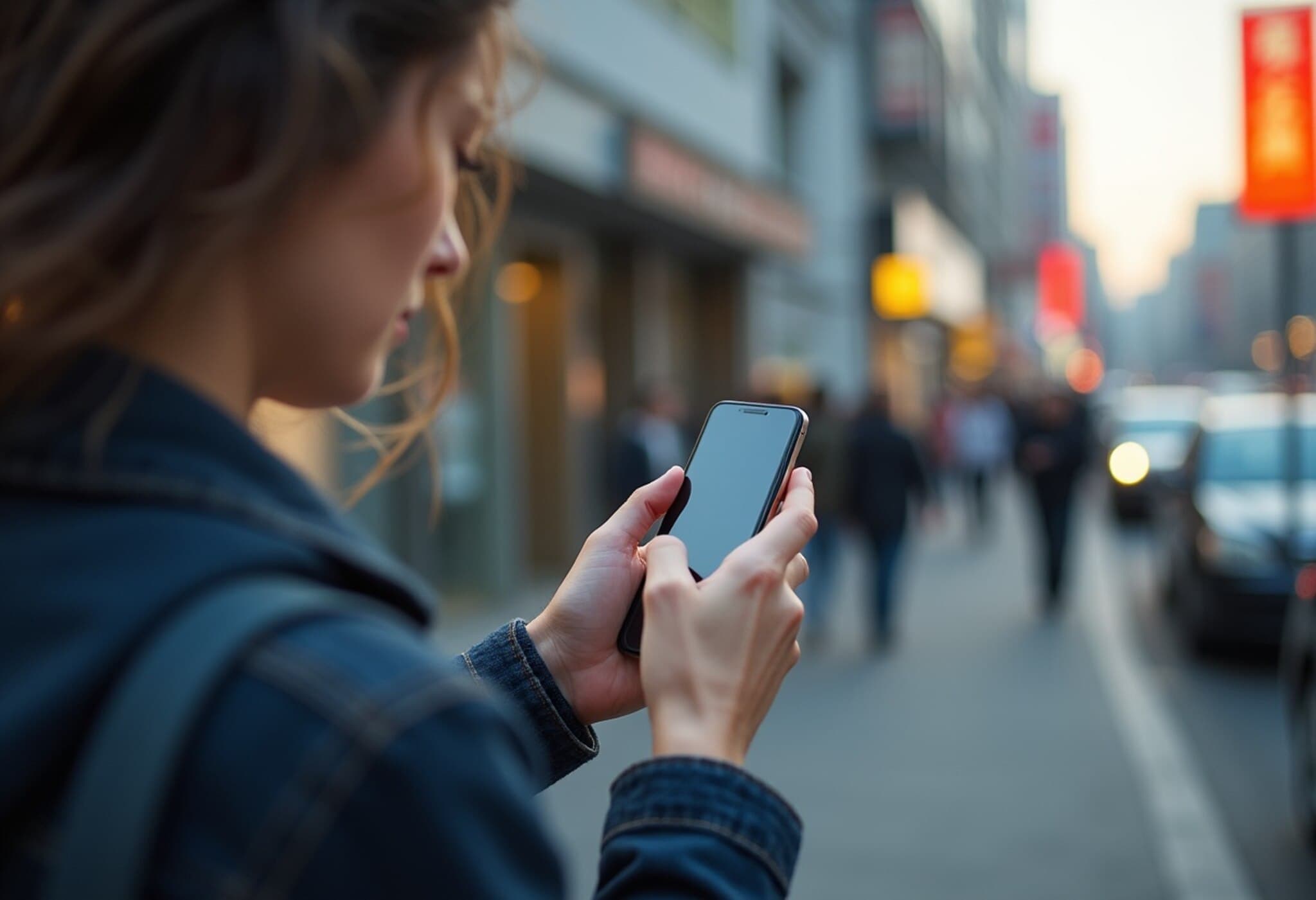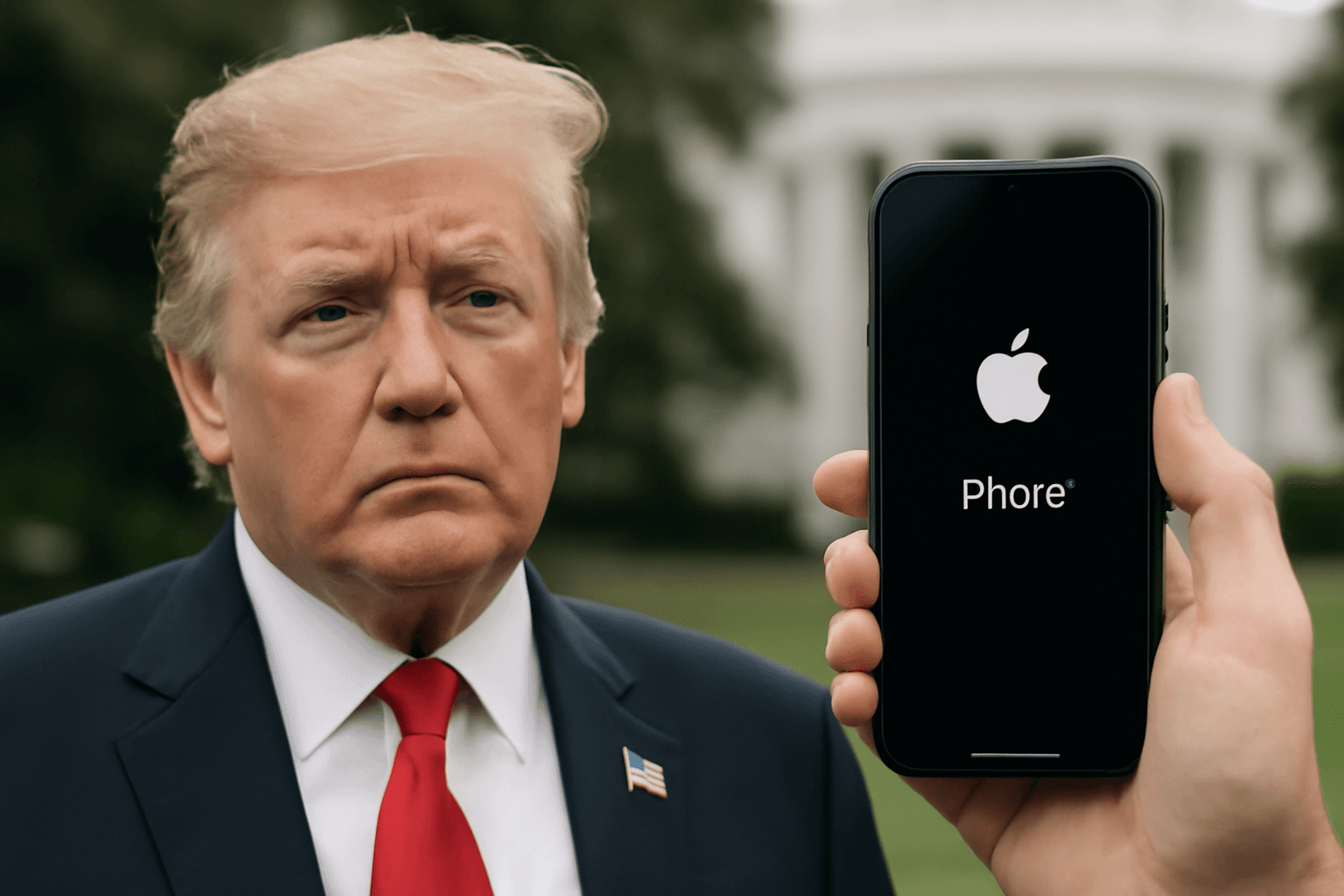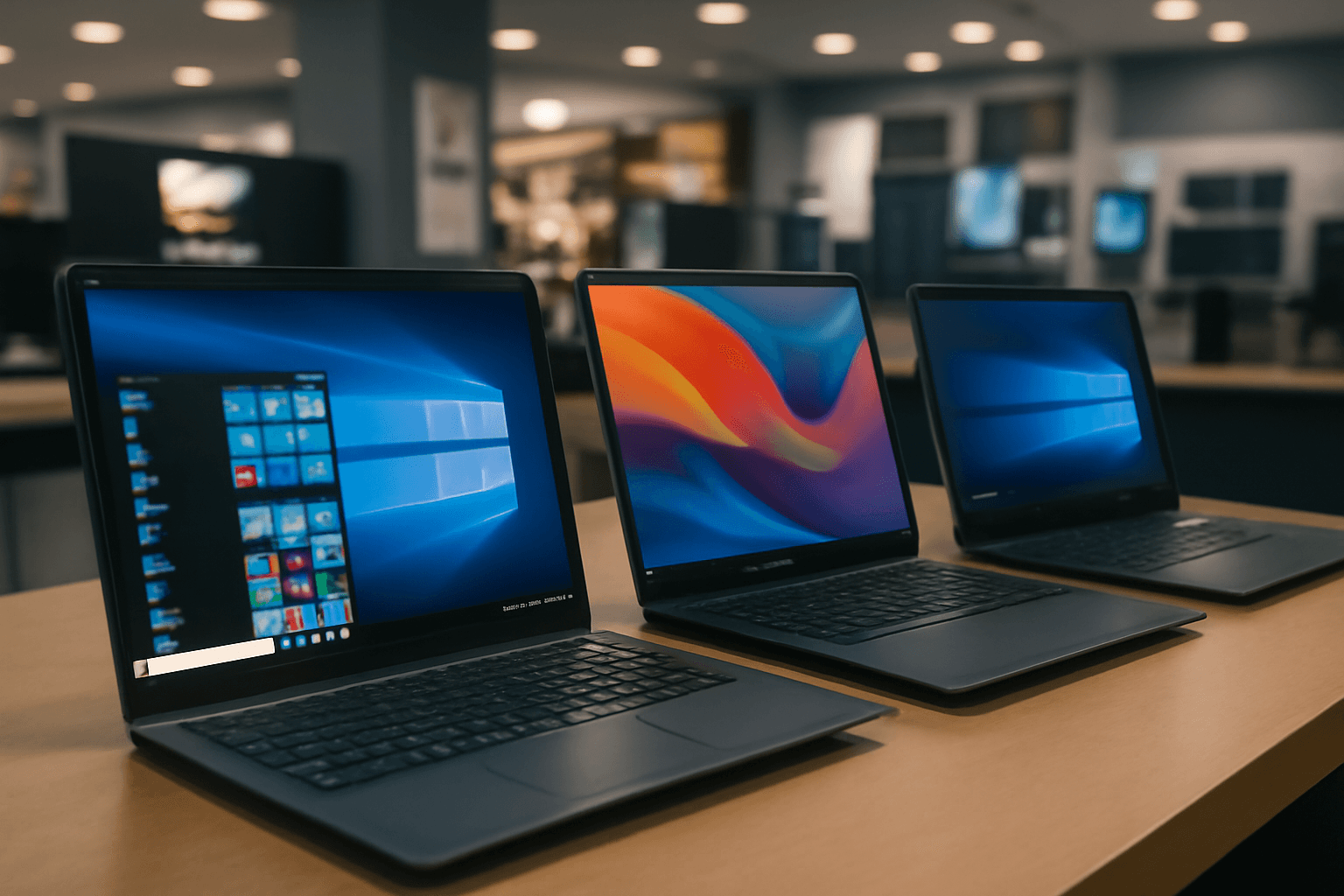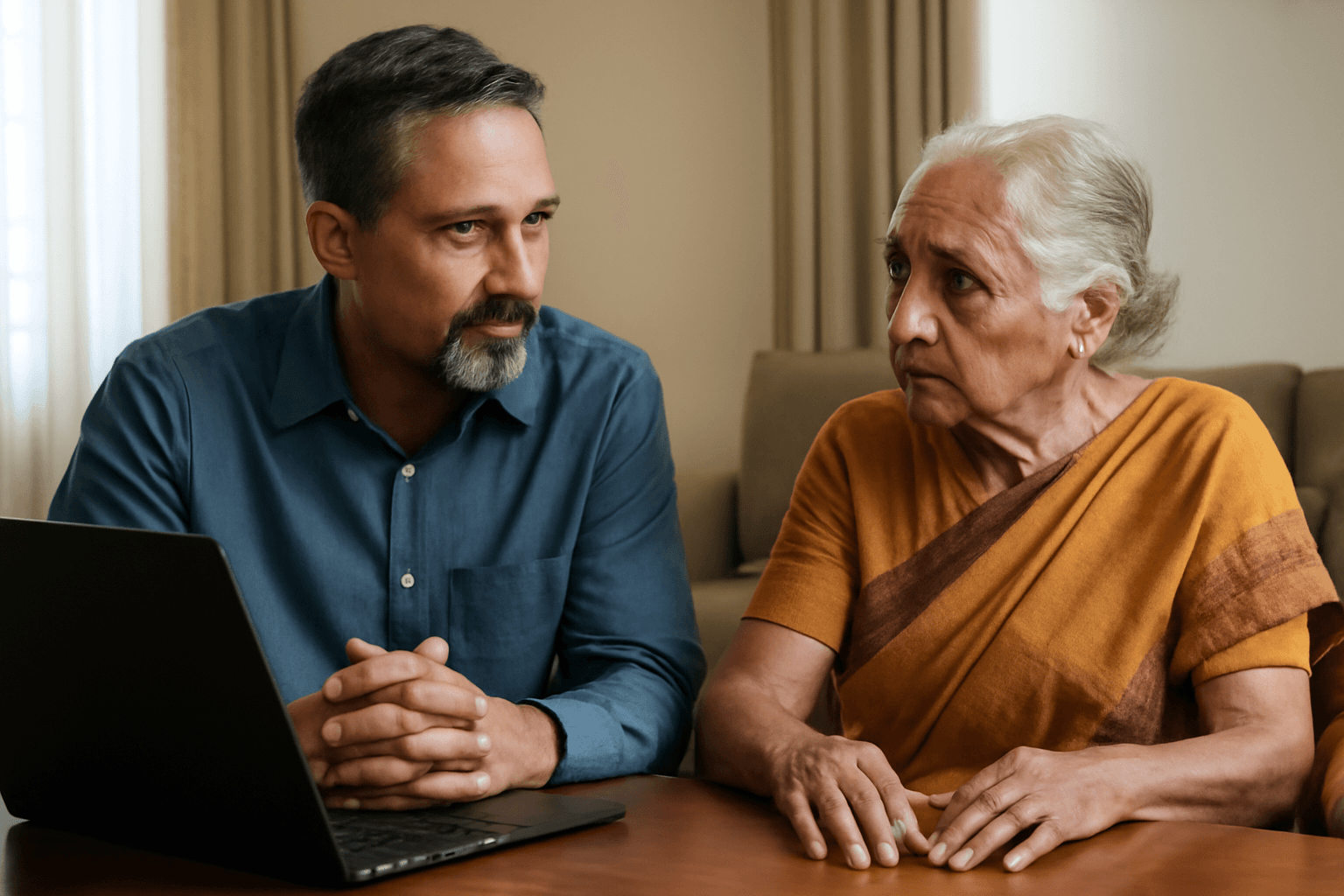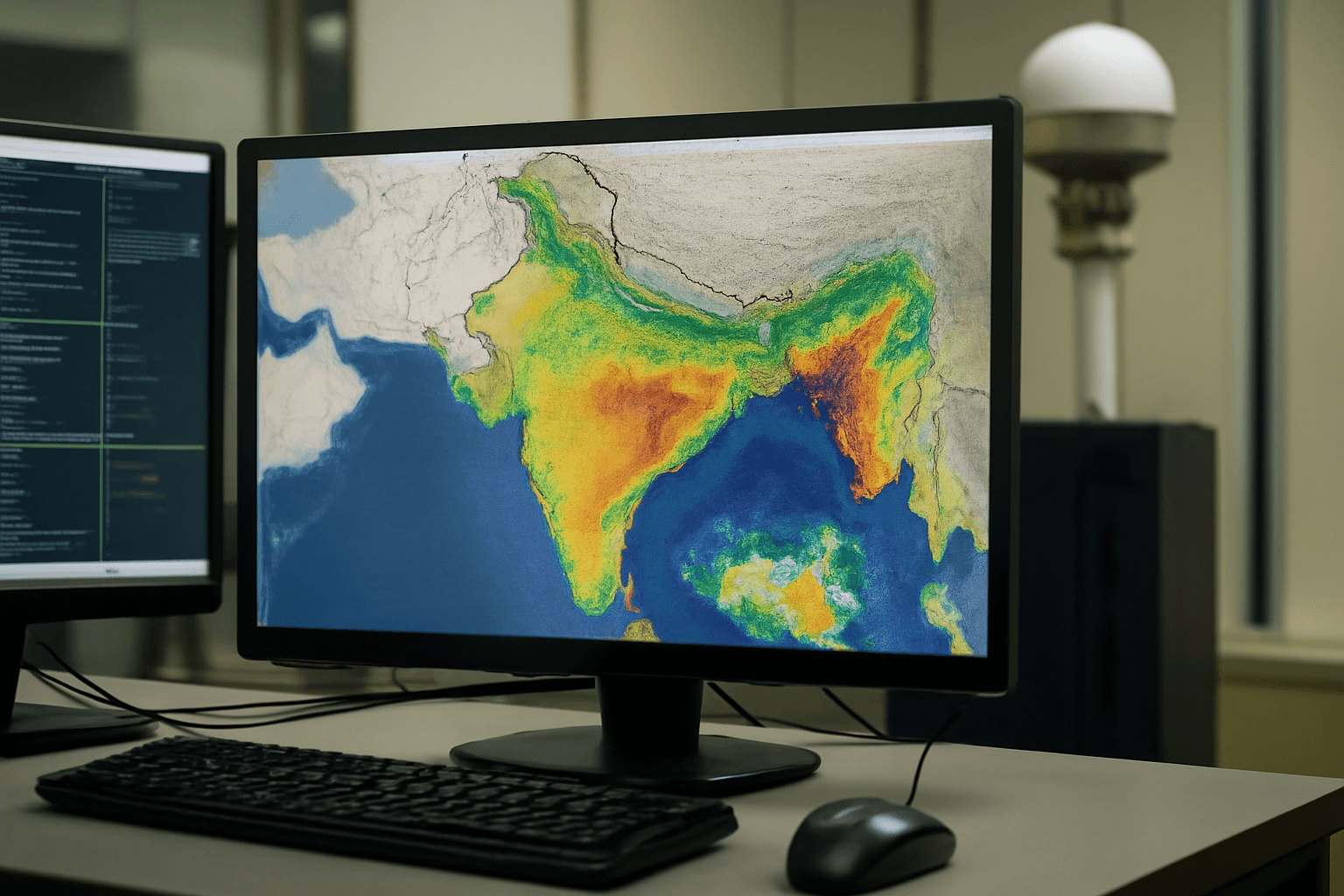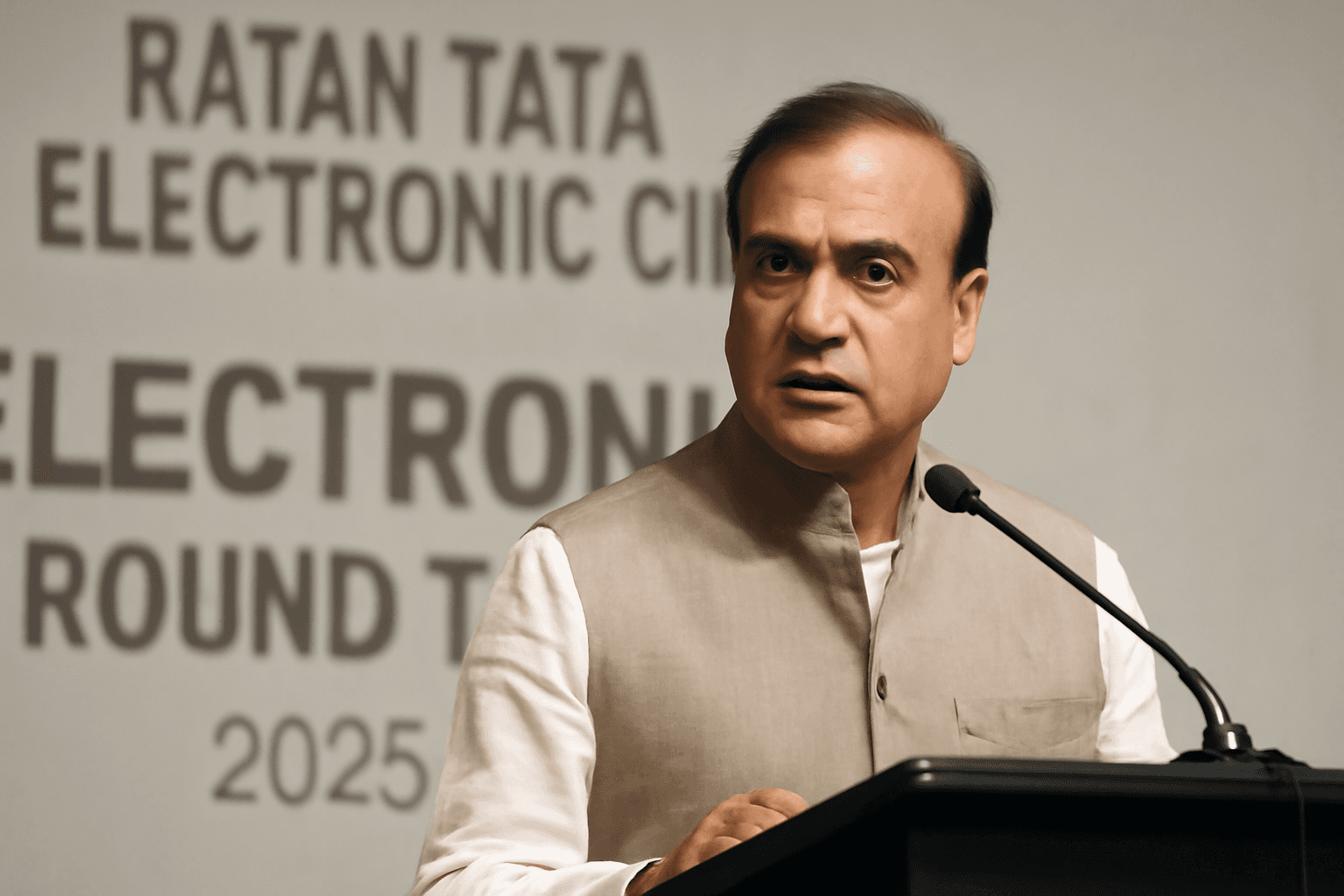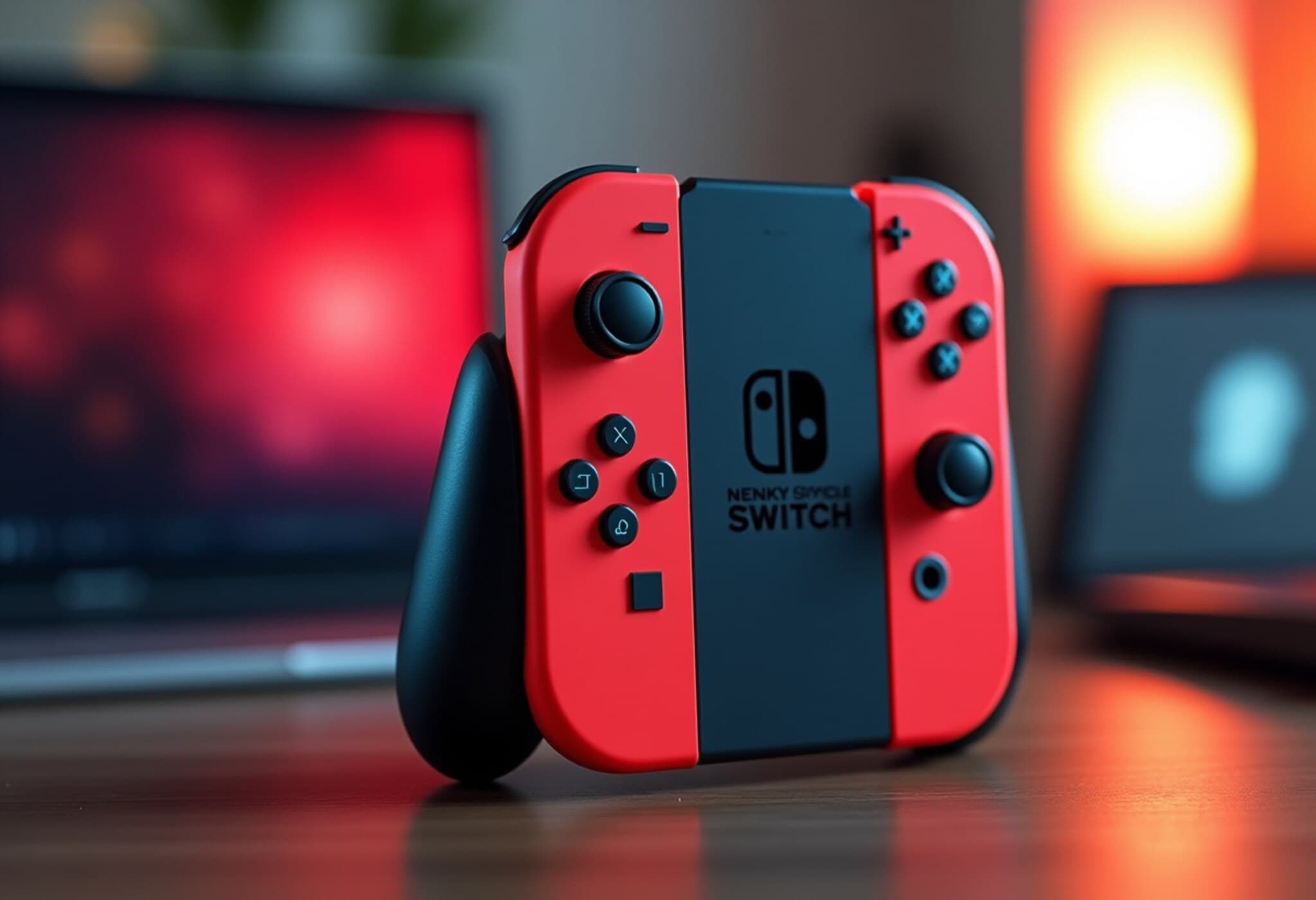Japan’s Toyoake Town Introduces Smartphone Usage Limits for All Ages
In a bold and somewhat unprecedented approach to combat the rising concerns over smartphone addiction, the town of Toyoake in Japan’s Aichi Prefecture has proposed a voluntary guideline urging residents to limit their smartphone use to just two hours per day. This initiative reflects growing apprehension worldwide about the psychological and physical toll of excessive screen time, extending the focus beyond children and teens to encompass adults as well.
Addressing a Modern Health Crisis
Mayor Masafumi Koki, the driving force behind this initiative, emphasized that the policy aims to prevent the health problems linked to smartphone overuse, including sleep disturbances and mental fatigue that have become increasingly widespread. "Our goal is to curb excessive use of devices, which we’ve seen contribute to both physical and psychological challenges," Koki stated. The measure is a reflection of mounting studies indicating that the detrimental effects of excessive screen time span all age groups, not just youth.
What Does the Proposed Ordinance Entail?
While the proposal is non-binding and lacks penalties, it strongly encourages specific behavioral changes:
- Children aged 6 to 12 are urged to discontinue use of smartphones and similar devices before 9 pm.
- Teenagers and adults are advised to stop using screens after 10 pm.
- A general recommendation to limit total daily smartphone screen time to two hours.
The Toyoake municipal assembly began discussions on this draft law recently, with an anticipated vote by late next month and the potential implementation in October. Although the measure is voluntary, officials hope it will prompt families to reflect on their device habits and engage in meaningful conversations about healthy digital balance.
Complex Reactions From the Community
The initial public response has been mixed, with spirited debate unfolding particularly on social media platforms like X (formerly Twitter). Some residents appreciate the health-conscious intentions, while others argue the two-hour daily limit is unrealistic amidst modern digital demands. Comments like, "Two hours isn’t even enough to read a book or watch a movie," underscore how intertwined smartphones have become with everyday life, work, and entertainment.
Mayor Koki addressed these concerns, reminding the community that the ordinance is not punitive, but rather a framework to encourage mindful smartphone use. "This is an opportunity for families to discuss and reconsider the timing and amount of screen exposure," he said, highlighting the ordinance’s role as a social prompt rather than strict regulation.
Expert Perspectives on Smartphone Use Limits
Globally, the conversation around screen time has intensified, with expert voices cautioning about the mental health crises exacerbated by digital overuse. The American Psychological Association links excessive smartphone usage to anxiety, depression, and disrupted sleep patterns. Furthermore, there is growing concern over how screen addiction may impair social skills and cognitive development, particularly among children and teenagers.
Despite these warnings, balancing digital connectivity with mental wellness in an increasingly online world remains a challenge. Policies like Toyoake’s can serve as a pilot for broader, nuanced public health strategies rather than rigid regulations.
The U.S. Context: Lessons and Relevance
In the United States, where smartphone penetration is among the highest globally, discussions around screen time limits similarly gain traction. However, regulatory approaches have generally avoided mandated limits, favoring education and parental controls instead. Toyoake’s proposal sparks critical questions: Could voluntary guidelines triggered by local governments pave the way for more structured national recommendations? Or do such measures risk infringing on personal freedoms in a society reliant on constant digital interaction?
Looking Ahead: Beyond Limits to Digital Wellness
Toyoake’s proposal underlines a wider societal need to rethink how technology is woven into our lives. Digital wellness initiatives, including device usage schedules, tech-free zones, and increased public awareness campaigns, might offer a more holistic approach to curb addiction and promote healthier habits.
Key Takeaways:
- Voluntary and family-driven: The two-hour limit is a guideline encouraging mindfulness over enforcement.
- Inclusive target audience: Unlike many policies focused solely on youth, this applies to all residents.
- Potential global implications: Toyoake’s initiative may inspire other communities worldwide grappling with digital dependency.
Editor’s Note
Japan’s Toyoake town is pioneering a thoughtful, if controversial, step toward grappling with the pervasive challenges of smartphone overuse. While the two-hour daily limit may spark debate over feasibility, the true value lies in prompting a cultural conversation about technology’s role in our health and daily rhythms. As smartphones continue to blend work, social interaction, and entertainment, finding balance is becoming not just a personal goal but a public health imperative worldwide. We invite readers to reflect: How might your daily smartphone habits impact your well-being, and what small changes could make a meaningful difference?

